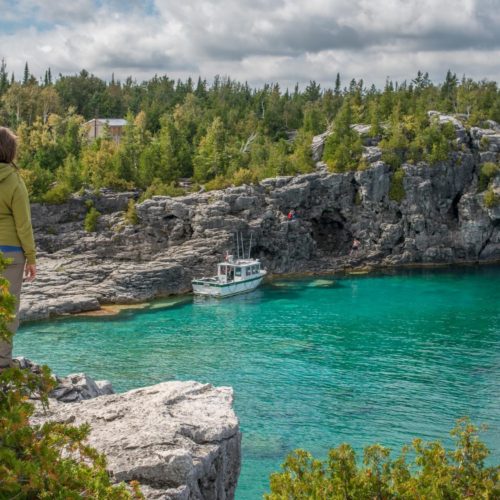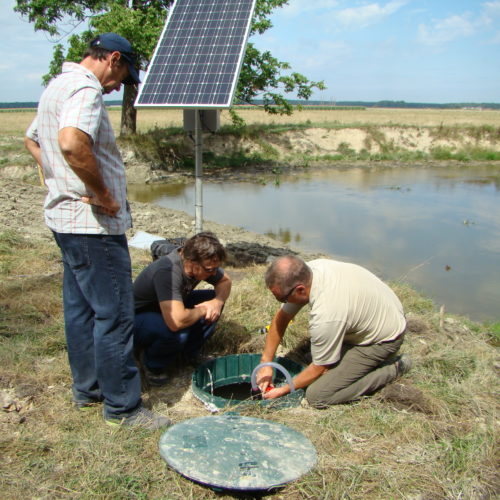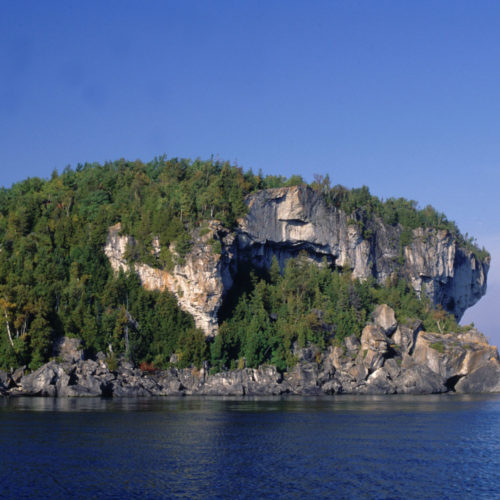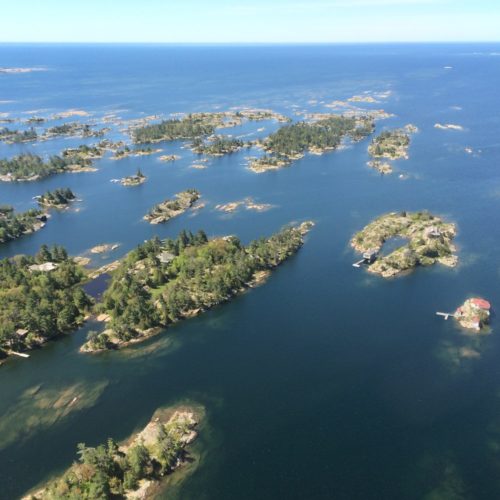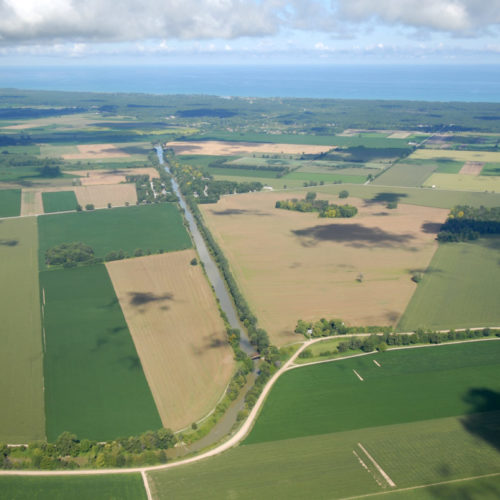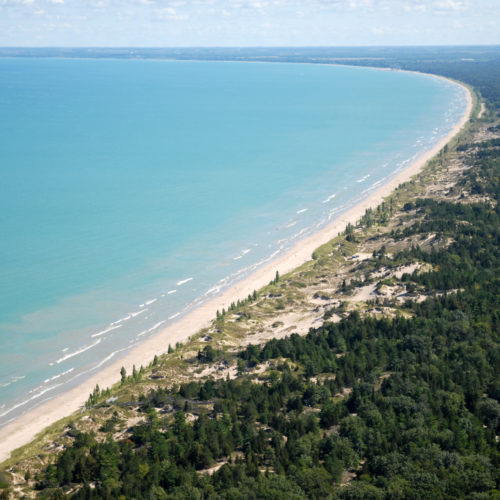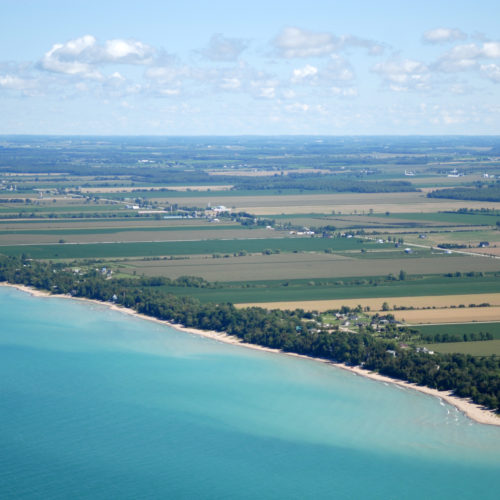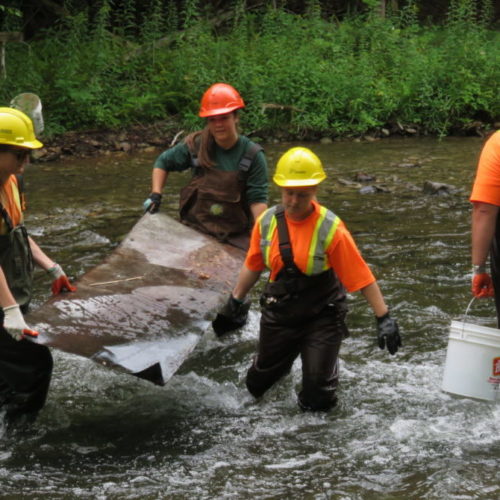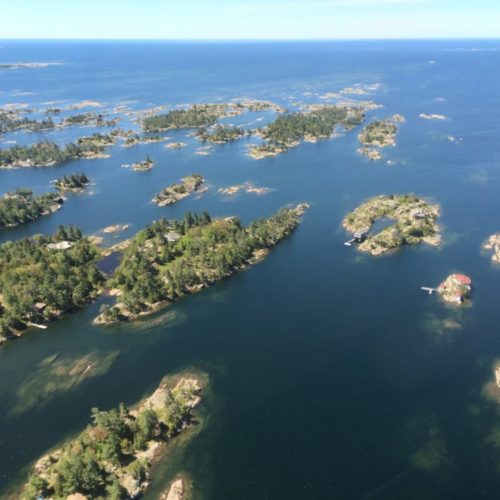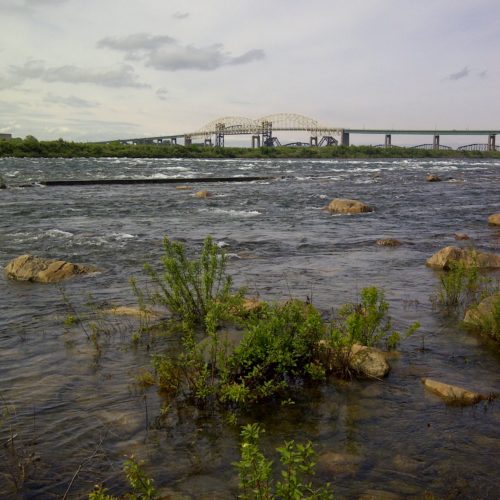The most recent Lake Huron-Georgian Bay Community Action Initiative webinar was held on March 30, 2023. The focus of this latest webinar was the nearshore environment.
If you were not able to join us, the recording is available below. Slide decks are available for download on the Resources page.
We welcome your input on future webinar topics!
